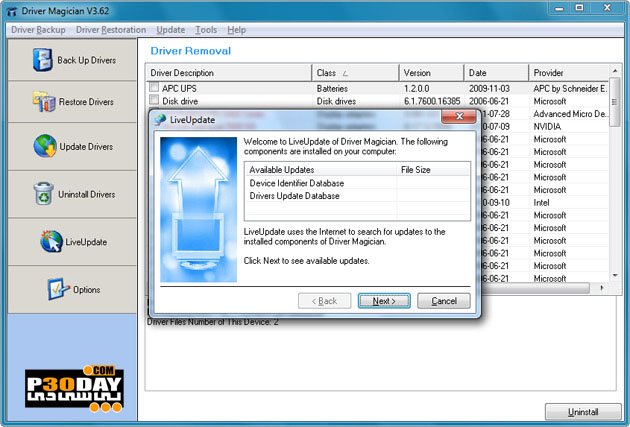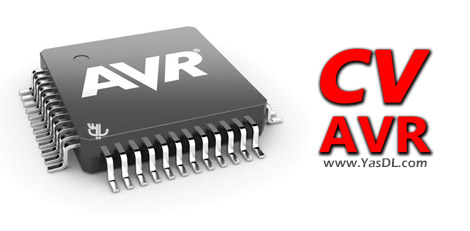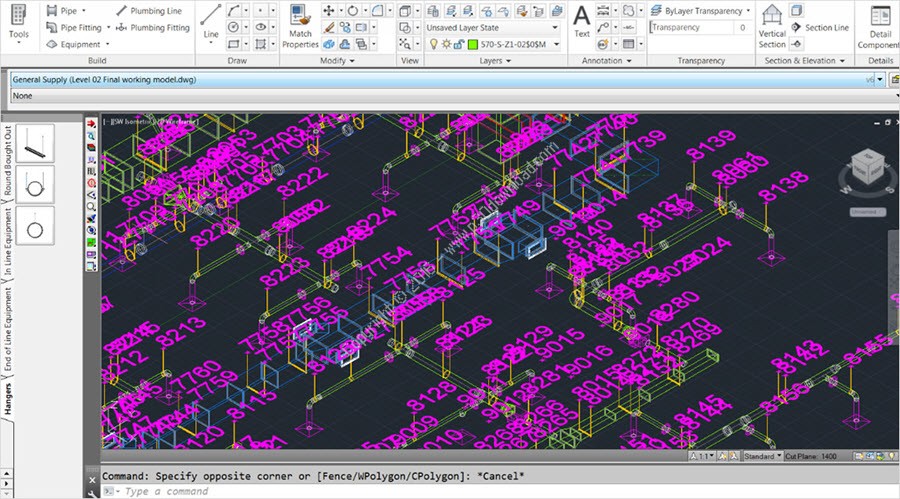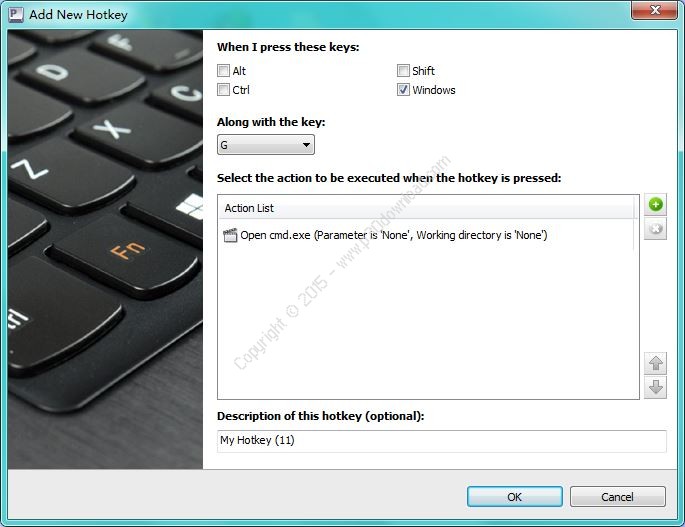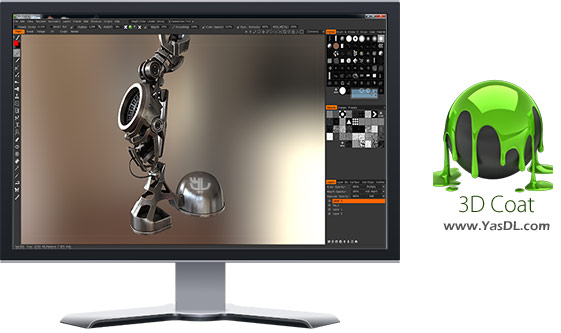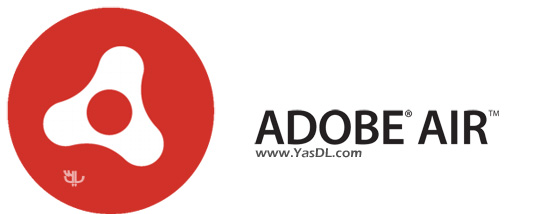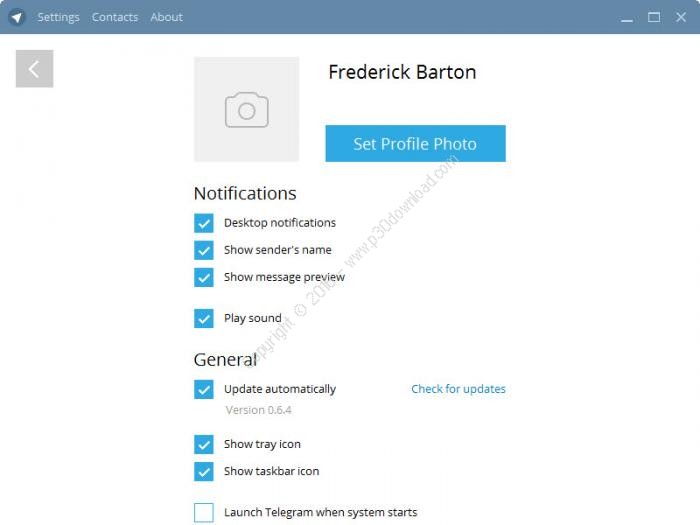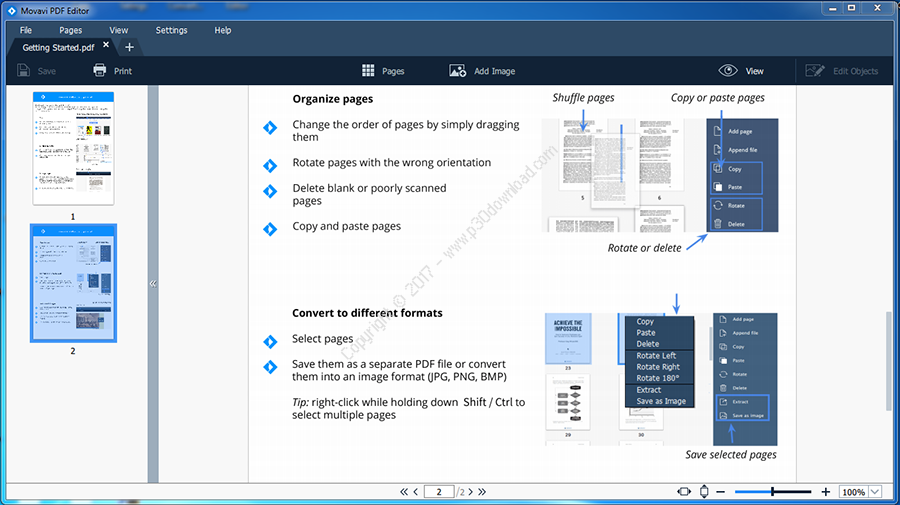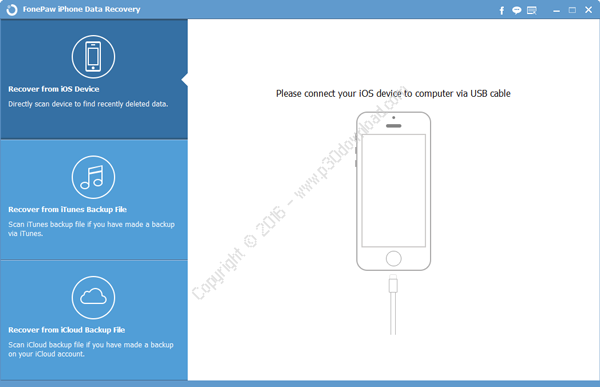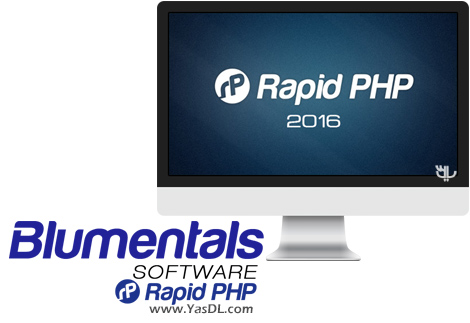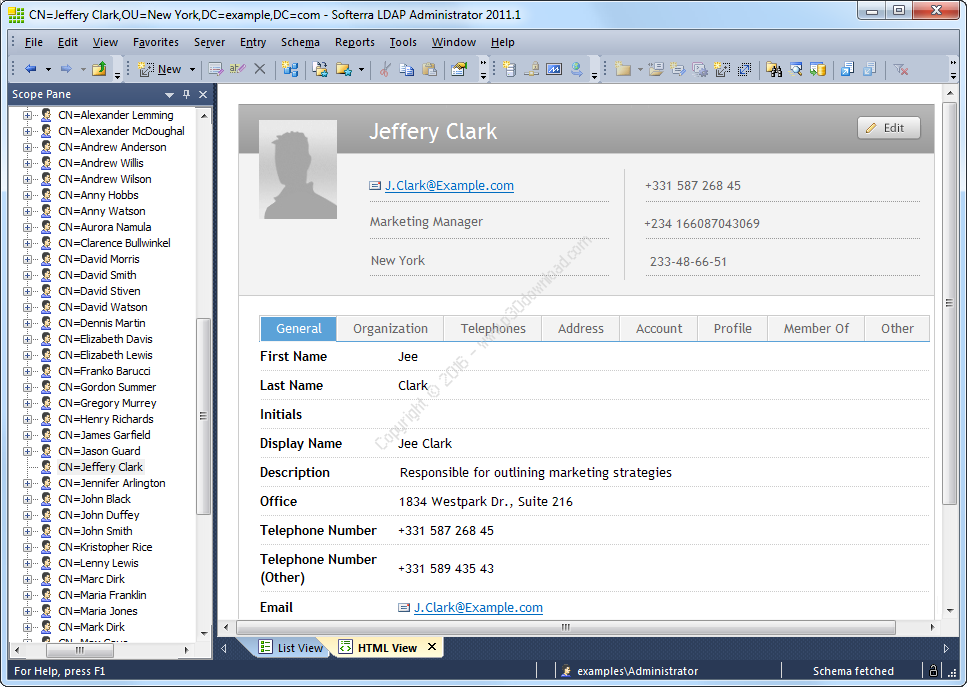Software Description:
Softerra LDAP Administrator is an easy-to-useLDAP administration tool designed to work with almost any LDAPserver including Active Directory, Novell Directory Services,Netscape/iPlanet, etc.
Softerra LDAP AdministratorTM significantly simplifiesmanagement of LDAP directories providing advanced directory searchfacilities, bulk update operations, group membership managementfacilities, etc. Customizable directory reports equipadministrative personnel with information necessary for effectivemonitoring and audit. Directory data can be exported and importedin LDIF, CSV, DSML1, DSML2 and other formats. LDAP-SQL supportallows managing LDAP entries using SQL-like syntax and performingLDAP operations that cannot be executed via standard LDAPmeans.
LDAP Server Support
LDAP Administrator provides full support of LDAPv2 and LDAPv3protocols and allows working with OpenLDAP, Netscape/iPlanet,Novell eDirectory, Oracle Internet Directory, Lotus Domino,Microsoft Active Directory, CA Directory, Siemens DirX, and anyother LDAP server.
Server Grouping
Access Multiple LDAP Servers
LDAP Administrator allows you to work with several servers at onceand to easily copy data between them. Moreover, to facilitateworking with numerous servers, you can organize them into groups,just as you use folders to organize files on your file system.
Object Filtering
When browsing a directory, LDAP Administrator allows you to setvarious LDAP filters to display only the entries that matchspecific criteria. This can be extremely useful in the case ofcontainers holding large numbers of entries.
Custom Base DN
LDAP Aministrator allows you to define the entry to start directorybrowsing from. This provides you with quick access to directorybranches you often use.
VLV and Simple Paging Support
LDAP Administrator provides a better view of the large number ofentries by making use of the specifically designed Virtual ListView (VLV) and Simple Paged Result controls. This allows you toretrieve entries in a shorter time without having to wait forthousands of entries to be fetched.
Filter Bar
Using the Filter Bar, you can instantly find particular childentries or attributes of an LDAP entry. Type characters containedin the name or value of an attribute or in the name of child entry,and you will get a list of matched objects.
Object Class-Specific Icons
LDAP Administrator can display object class-specific icons for mostpopular LDAP object classes. This allows you to quickly find outthe type of a certain entry. It is especially useful when workingwith containers that contain a lot of LDAP entries of differenttypes.
Custom Columns in List View
List View allows displaying LDAP attribute values along with thedefault LDAP entry information, like name and size. You can addextra columns for the attributes you want to view.
Displayed Attributes Customization
LDAP Administrator can be configured to display operationalattributes that are not shown by default. Also LDAP Administratorprovides functionality for you to set which attributes you wantvisible.
HTML View
HTML View greatly simplifies viewing LDAP entries as objectinformation is represented in a user friendly manner. Based on theobject type, HTML View represents its information in the mostconvenient way bringing the most important and needed informationto the fore and hiding less important data.
HTML View Customization
One of the main advantages of HTML View is the possibility tocustomize the way the information is represented. For example, ifyou don’t want some attributes to be displayed for objects of aspecific type, you can remove these attributes from thecorresponding HTML page template. Also, you can move the attributesyou often use to the top of the page, so that these attributescould be accessed easily.
LDAP Referrals Support
LDAP Administrator fully supports LDAP referrals and providesseveral modes of their handling.
Navigation History
LDAP objects that you have browsed, get saved in the navigationhistory. So, assisted by the navigation toolbar, you can moveconsecutively forward or backward from one entry you’ve just seento another.
Find Entry by DN
If you have found an attribute containing the DN of an entry andwould like to promptly switch to this entry, LDAP Administratorlets you do this with a couple of mouse clicks. Just launch theFind DN command from the attribute’s context menu and you willimmediately jump to this entry.
Read-Only Server Profile
To prevent directory data from being accidentally modified ordeleted, you can set read-only property for server profile.
Schema-Based and Template-Based Entry Creation
LDAP Administrator allows you to work with several servers at onceand to easily copy data between them. Moreover, to facilitate thework with numerous servers, you can organize them into groups, justas you use folders to organize files on your file system.
The template-based method allows you to create new entries easilyand quickly on the basis of templates with pre-defined lists ofrequired and optional attributes. This method is very helpful ifyou often need to create multiple entries of a similar kind with aresembling set of attributes.
Bulk Object Modification
Using LDAP Administrator you can easily add, modify, and deleteattributes for multiple LDAP objects at once.
Attribute Value References
When you update multiple entries or make templates for entrycreation, you may need to specify unique attribute values for eachentry that is updated or created. For this purpose, you can useattribute value references that allow you to construct attributevalues on the basis of other attribute values of the entry. Forexample, you may want the ‘mail’ attribute of some users to containa unique user UID and a constant domain name. This is when valuereferences can help you.
Attribute Editors
Some attribute types are stored in the directory in a format thatcan make difficult their reading and modification. LDAPAdministrator provides various attribute value editors strictlyassociated with attribute type and syntax that allow you to easilymodify binary, password, date and time attributes, also manageattributes used to store combinations of flags, files, images andmany other well-known attributes.
Multiple Modifications on LDAP Entries
LDAP Aministrator lets you perform several operations on LDAPentries at once. For example, you can set mailNickname and homeMDBattributes requiered for mailbox creation in Exchange server in oneoperation. Also, if you are going to make the same modifications toother objects, you can store these operations and then easilyperform them again.
Basket
The Basket is helpful when you need to work with entries located indifferent subtrees or LDAP servers. For example, you may want toadd an attribute to entries located on several servers. This is thesituation when using the Basket can save your time and efforts. Addall the required LDAP entries from different directories to theBasket and then manage them collectively.
Move and Copy LDAP Objects Using Clipboard andDrag-and-Drop
LDAP Administrator offers easy and intuitive way to move or copyLDAP objects between containers: drag-and-drop and Windowsclipboard. Drag-and-drop enables you to drag the selected objectsto the desired location to perform a copy or move operation.
Enhanced Object Renaming
LDAP Administrator offers you a simple and handy RDN Editor torename LDAP entries. With this editor, you can easily renameentries that have single-valued or multi-valued RDN.
Object Class Modification
With LDAP Administrator, you can easily change the class of anentry. Just launch the Add or Remove Object Classes wizard andselect what object classes you want to add to or remove from theentry.
Advanced Copy to Clipboard Options
LDAP Administrator lets you instantly copy to the clipboard theinformation about the entry such as its DNs, RDNs, LDAP URLs orcopy the entry data in LDIF, DSMLv1, DSMLv2, CSV formats.
Modifying Objects Using HTML View
HTML View provides a quick and efficient modification of LDAPentries representing information in a user-friendly manner andsupporting powerful attribute editors customized for a specificdata type and attribute syntax.
ManageDsaIT Control Support
In process of browsing a directory tree, the referral entriesthemselves remain invisible and thus unavailable for usermodification – an LDAP server they belong to just returns thereferral information. The use of the ManageDsaIT control lets youwork with referral objects like with usual entries, allowing you toview and modify them.
LDAP-SQL Support
LDAP Administrator allows you to use SQL statements such as SELECT,UPDATE, INSERT and DELETE to search the directory or modify thedirectory content. To run SQL queries, LDAP Administrator offersthe LDAP-SQL Query dialog that has many helpful features such assyntax highlighting, IntelliSense, history of queries, etc., whichsimplify the creation of SQL queries.
Group Membership Management
LDAP Administrator offers a wide range of dialogs, differentwizards and property pages that let you easily view and managegroup membership in any LDAP directory.
LDAP Request Log
Use LDAP Request Log to keeptrack of LDAP requests sent by LDAP Administrator and responsesreceived from the server. The LDAP Request Log lets you monitor theinterconnection between the application and LDAP server on a moredetailed level, track errors and much more. The informationcontained in the log is presented in LDIF or DSML2 format, whichallows importing log data to the server, thus reproducing the workof the application.
Server Monitor
The Server Monitor in LDAP Administrator allows you to view theinformation provided by the Monitor entry that comprisesserver-specific data and statistics like server version, serveruptime information, number of current connections, number ofinitialized operations, number of entries sent to clients, etc.
LDAP Schema Viewer
Schema Viewer lets you browse and search for LDAP server schemacomponents. Every time you need to know, which attributes arerequired and which are optional, or what the syntax of an attributeis, the Schema Viewer is what will definitely be of assistance.
View And Restore Deleted Objects
When an entry is deleted from an Active Directory server, theserver does not actually delete the entry, but instead moves it toa special invisible container for temporary storage, thus allowingfor its eventual recovery if removed by accident. With LDAPAdministrator, you can view the contents of the Deleted Objectscontainer and restore any objects either to their original or to anew, user-specified location.
AD Application Partition Management
For handling application directory partitions in Active Directory,LDAP Administrator offers the Application Partition Managementtool, with the help of which you can easily create and deleteapplication partitions in a directory as well as add or removeapplication partition replicas.
Powerful Directory Search
Directory Search is a powerful and flexible tool to search thedirectory quickly and efficiently. Using various search parameters,like LDAP filter, base DN, search scope, etc., you can accuratelydefine the criteria to find the entries you need. When the entriesare found, you can manage them as you do when browsing thedirectory tree, i.e. modify, delete, add to the Basket, export to afile, etc.
Search History
The application stores the parameters of every search made with theDirectory Search tool in the Search History. This allows you toview the parameters of previous searches and quickly restore them.You can also pin the frequently-used searches to display them onthe top of the list to quickly access them every time you need.
Favorite Search Parameters
The Favorite Search Parameters feature allows you to storefrequently-used search parameters to quickly reproduce the similarsearches in future.
Enhanced LDAP Filter Builder
LDAP Administrator simplifies the creation and analysis of LDAPsearch filters with the help of LDAP Filter Builder. Instead ofmanually entering a search filter, you can easily create it withvisual LDAP Filter Builder that provides Intellisense, drug’n’drop,undo/redo, filter verification, and other features to streamlinefilter creation. Also LDAP Filter Builder allows to save LDAPfilters in order to re-use them again.
Quick Search Bar
If you have to instantly find a directory entry by a keyword orphrase, the Quick Search Bar is definitely what you need. It letsyou quickly search for entries using a word combination orexpression that is a part of their attributes.
LDAP-SQL Search
With the help of LDAP Administrator, you can search the directoryusing the SQL syntax. Via SQL human-readable expressions, you canspecify what and where to look for. With LDAP-SQL, you can alsoexecute searches that cannot be done with standard LDAP means. Forexample, you can use LDAP attribute values as search filterparameters.
Data Export
LDAP Administrator lets you easily transfer or back up directoryinformation by exporting it to a file in LDIF, DSMLv1, DSMLv2, MSExcel, CSV, Plain Text, or HTML format. With LDAP Administrator,you can not only export data while browsing a directory tree, butalso export LDAP entries contained in the Basket or search resultsobtained using the Directory Search, Reports, LDAP-SQL Query andQuick Search tools.
Data Import
LDAP Administrator provides handy wizards that enable data importfrom LDIF, DSMLv1, DSMLv2, and CSV files to your directory.
LDAP Import/Export from Command Line
Sometimes it may be necessary to export or import directory data inthe unattended mode. For example, you may want to set up a dailybackup of your directory data or to make an LDIF import a part ofyour custom deployment scenario. For this purpose, you can use thelaimex tool supplied with LDAP Administrator and used to import orexport directory data without having to run the LDAP AdministratorGUI.
Importing Data from LDAP Request Log
LDAP Administrator’s LDAP Request Log allows you to track LDAPrequests and responses received by the server. As the informationcontained in the log is presented in LDIF or DSML2 formats, it canbe copied to the file and then imported to the server, thusreproducing the work of the application.
Advanced SQL Search
LDAP-SQL allows to perform search requests that cannot be executedvia standard LDAP means. For example, you can use LDAP attributevalues as criteria for search filters. The following exampledemonstrates how to find all users whose displayName attribute isequal to the cn attribute.
Bulk Update/Delete
Using LDAP-SQL you can modify or delete LDAP entries that meet aspecific condition. For example, you can easily delete alldirectory users, whose accounts are expired.
Furthermore, when modifying LDAP entries you can compose attributevalues using the values of other attributes. It can be very useful,when you need to update several entries in bulk and specify aunique value for each of them. For example, to set unique emailsfor several users, you can specify the mail attribute as user’s ownUID and a constant domain name.
Built-In SQL Functions
LDAP-SQL provides many built-in functions that you can use inqueries to find or perform operations on LDAP entries. For example,using the CURRENT_DATE function and the interval type, you cancreate a query to find all users, whose accounts expire in onemonth.
SQL Editor
SQL Editor is a very powerful and convenient tool for creating andediting SQL expressions. It provides a wide range of usefulfeatures, such as syntax highlighting, context IntelliSense,undo/redo operations, outlining and other useful IDE features thatsignificantly simplify the creation of SQL queries.
SQL Output
SQL Output pane provides detailed information about the executionof SQL statements, displays syntax and runtime errors, allows toquickly locate errors in the code.
SQL History
All executed SQL statements are stored in the LDAP-SQL History.This allows you to find SQL statements you previously performed andinsert them to the SQL Editor to use again. Frequently used SQLstatements can be pinned to be always shown in the beginning of thehistory list.
Out-of-the-Box Reports
LDAP Administrator offers a large number of out-of-the-box reports,which provide information about widely used directory objects suchas Users, Computers, Groups, Organizational Units, POSIX Accounts,etc.
Creating Custom Reports
Though LDAP Administrator provides a wide range of ready-to-usereports, there can always be the cases when you need a report thatis not in the list. For this purpose, LDAP Administrator gives youra possibility to create absolutely new reports or customize theexisting ones.
Working with Report Results
After a report is generated, you can manage its results in the sameway you do with usual LDAP entries in the application: the resultscan be added to the Basket, renamed, modified, deleted and exportedto LDIF, DSMLv1, DSMLv2, CSV, Excel, Plain Text, HTML formats, etc.Any search result can also be found in the directory tree byselecting Locate in Tree from the context menu.
LDIF Editor
LDIF Editor is a powerful and effective tool with many helpfulfeatures that simplify viewing and editing of LDIF files.
Installer Size: 15.12 + 17.55 MB
Download Links : Softerra LDAP Administrator 2015.2 SP1 v4.13.16704.0 + Crack
